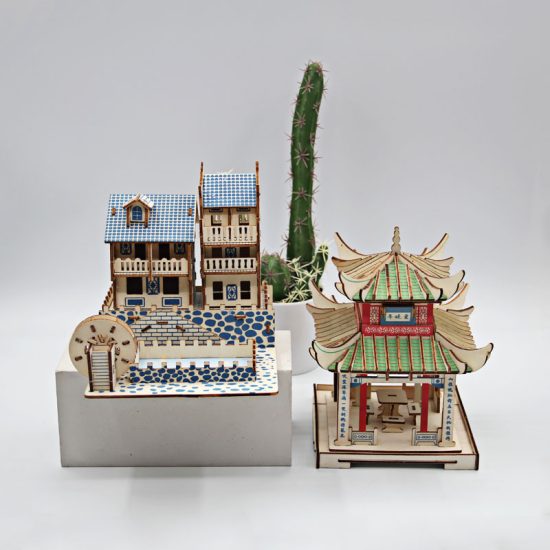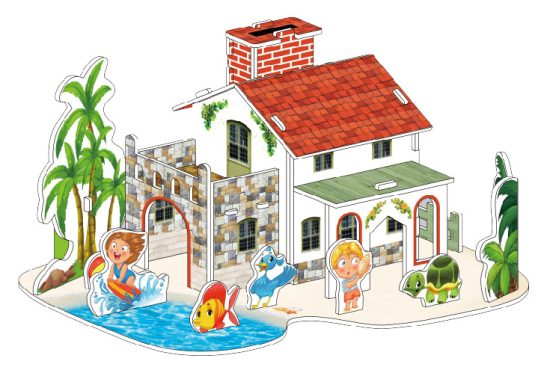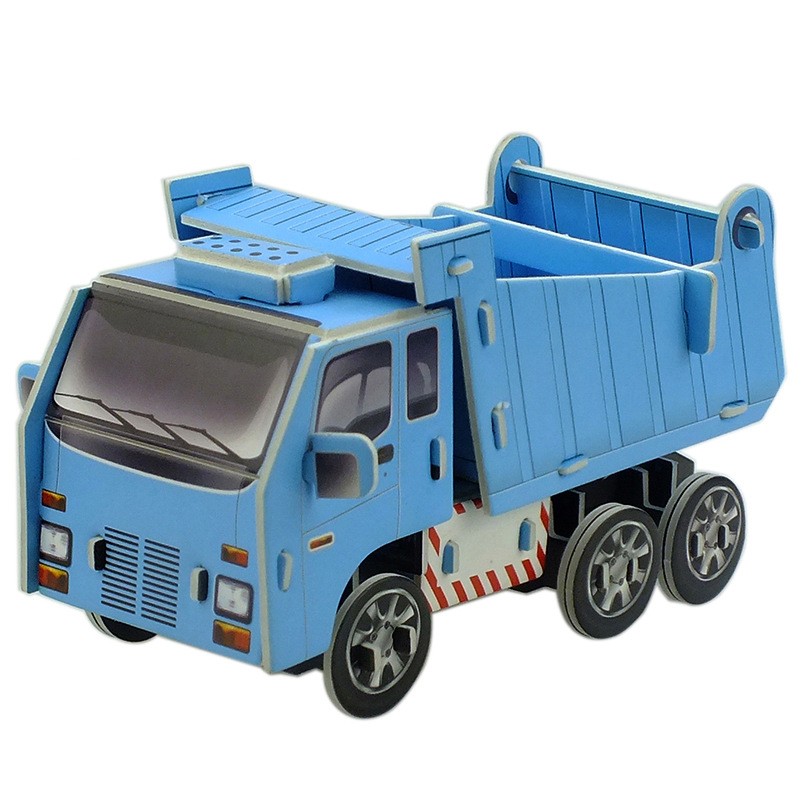The materials used for 3D puzzles can be classified into the following categories:
- Paper-based materials: This includes materials such as cardboard and paper foam. They are lightweight, affordable, and easy to print on, making them ideal for producing 3D puzzles in large quantities.
- Plastic-based materials: This includes materials such as ABS plastic and acrylic. These materials are more durable and long-lasting than paper-based materials, but also more expensive. Plastic-based materials are commonly used for producing 3D puzzles that require a high level of detail and precision.
- Wood-based materials: This includes materials such as plywood and natural wood. Wooden 3D puzzles are more expensive than paper or plastic puzzles, but they are also more durable and can be stained or painted for a unique finish.
- Metal-based materials: This includes materials such as thin metal sheets. Metal 3D puzzles are challenging to assemble but are highly detailed and can be used as brain teasers or display pieces.
- Other materials: Some 3D puzzles may use other materials such as rubber, foam, or even food items (such as gingerbread) to create unique designs. These materials are less common but can add an interesting twist to the puzzle.



